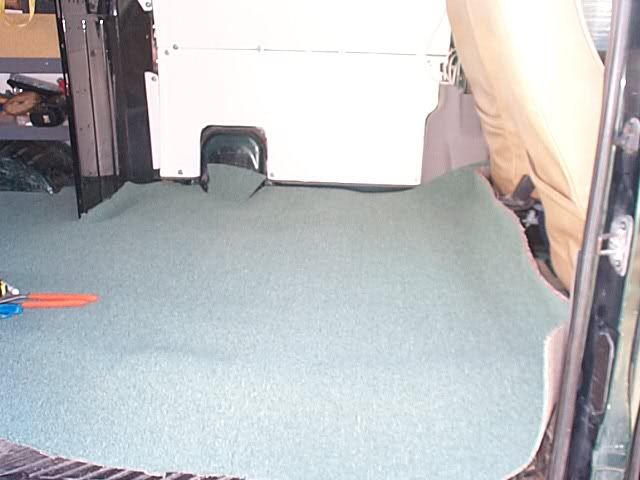I'm hoping to learn how to master this problem as well, so I will add what I've learned so far, and hopefully others will too to help us all get further educated.
I'm working on an cast aluminum intake manifold, modifying it to fit another engine application, and it has not only oxide inclusions, but some really nasty flux inclusions (from a previous attempt I made at this by oxy-acetyelne welding, which didn't work so well... before I got the TIG). The flux inclusions when melted with a TIG torch are like little pieces of glass, they melt into little red glowing hot spheres under the heat of the arc. Before being melted they are whitish powder, like salt. One melted they are brittle, glass like and black in color and are easily physically removed by scratching them away with something sharp.
Other aluminum oxide nastiness is best physically removed by scratching and scraping. If I can scratch/scrape to shiny aluminum at the bottom of a crater, I most often will have success of the crater filling. I hand wire brush (stainless bristles) what I can but this won't clean in the crater. If any bits float up out of the crater, I stop and scrape those off to keep it clean. Those dark, black bits (maybe heavy oxides?) when welding that sometimes float up are the really nasty stuff, and are best remembered where they are, stop welding, and scraped away.
To do the scraping, I have been using a utility knife (where it can reach) and small drill bits to reach a bit deeper into craters. The goal when craping is to get shiny "fresh" aluminum at the bottom of the crater. My latest idea is to get a set of dental picks (you know, intended for cleaning plaque off teeth) as I think they might work really well for scraping crap out the bottom of a crater, or deep crevice.
I am holding the tungsten down in the crater as far as I can without touching. The idea is to focus the heat on the bottom of the crater. I am sticking it out far enough to see easily past the gas cup. The sharpened, tapered tungsten is helpful for reaching down as far as possible into the crater. Before striking an arc I touch the tungsten at the crater bottom, lift up a tiny but, then strike the arc and not being shy at all with the current on the foot pedal. I have ample sharpened tungstens ready to go for when I get mine contaminated. (I am using 3/32" I think on my cast aluminum, I would use 1/16" on a thinner material, as long as the end is not melting.) I stick it out far enough to see easily with good clean test results. I test new settings, and clean minor contamination off the tungsten, by firing up with a blast of high current on a scrap piece, of fairly high travel speed (no filler rod added), then stop the arc, observe that not more carbon/soot is being blown into the surface. (Quick stainless hand wire brush off any carbon.) This helps me make sure my settings and tungsten are good and ready to go. I am using lanthanated tungstens (but haven't really tried anything else.)
My inverter machine (a now discontinued, Everlast "Super200P") settings I found most successful for floating out crap and filling craters are ones that maximize the penetration and focus of the arc. I am using 30% cleaning action, max current (footpedal controlled). High frequency pulsing seems helpful for arc focus and maybe even for agitating the puddle a bit more too. I run the pulse frequency max'ed out (300 Hz, which you can hear "singing".) My machine doens't have adjustable AC frequency, a "square wave" / inverter type. I run the "pulse off current" setting at minimum, the "pulse on duty cycle" between 50-75%. When welding, I like to start hot with footpedal down all the way and not be shy with welding current but try to focus it down deep into the crater (think, try and make get the crater bottom "liquid shiney"), that is usually what works to fill the crater.
I can't wait to buy a set of dental picks because I have a really deep crevice I need to weld on this intake manifold project, and I don't know how else I'll even clean it! I can't even reach a hand wire brush anywhere close.
I've got to get a new bottle of gas, and will consider a helium mix if the price is affordable. I've just been running 100% argon so far.




